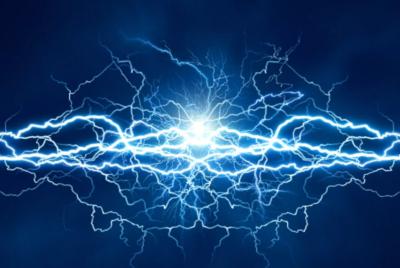An overview of graphene's properties
Graphene is a thin, two-dimensional layer of carbon atoms arranged in a hexagonal lattice. It is the basic building-block of graphite (which is used, among others things, in pencil tips). Graphene is a remarkable substance with a massive amount of astonishing properties which earn it the title âwonder materialâ.
Among grapheneâs remarkable properties are unique mechanical, thermal, electrical and optical behaviors. Note that most of these features relate to perfect, pristine graphene sheets. Defects in graphene (some of which stem from the production processes or from connection points of several smaller graphene flakes âstitched together,â for example) can make graphene weaker and with quite different properties. Defects, however, can actually bring about new and different properties that make graphene more suitable for certain applications!
Physical / Mechanical properties
Graphene is one of the worldâs thinnest materialâit is only one carbon atom thick (around 0.34 nm). It is also recognized as the toughest 2D materialâmuch harder than either steel or diamond of the same dimensions. Graphene has a tensile strength (the maximum stress that a material can withstand while being stretched or pulled before failing or breaking) of over 1 Tpa. There is only one material that may be stronger than grapheneâcarbyne, which is a string of carbon atoms, basically a one-atom wide graphene ribbon. Carbyne is very difficult to synthesize, though.

Graphene is lightâit weighs just 0.77 milligrams per square meter. Since it is a single 2D sheet, it has the highest surface area of all materials. When left to themselves, graphene sheets will stack and form graphite, which is the most stable 3D form of carbon under normal conditions.
Graphene sheets are flexible, and in fact graphene is the most stretchable crystalâyou can stretch it up to 20% of its initial size without breaking it. Finally, perfect graphene is also highly impermeable, and even helium atoms cannot go through it.
Electronic properties
Graphene has extremely high electrical current density (a million times that of copper) and intrinsic mobility (100 times that of silicon). Graphene has a lower resistivity than any other known material at room temperature, including silver. There are also some methods to turn it into a superconductor (it can carry electricity with 100% efficiency).

While all this makes graphene the fastest and most efficient conductor, it cannot be readily used to make transistors as it does not have a bandgap. There are several methods to open a bandgap that are in existence and some that are under development.
For the latest news on graphene electronics click here
Thermal conductivity
Graphene is the perfect thermal conductor - it features record thermal conductivityâ higher than that of carbon nanotubes, graphite and diamond (over 5,000 W/m/K). Graphene conducts heat in all directions - it is an isotropic conductor.
For more information on grapheneâs thermal conductivity, click here
Optical properties
Graphene is extremely thin, but it is still a visible material, as it absorbs about 2.3% of white light (which is quite a lot for a 2D material). Combine this with grapheneâs amazing electronic properties, and it turns out that graphene can theoretically be used to make very efficient solar cells.
In addition, absorbing 2.3% of visible light still makes graphene very much transparent to the human eye, which may have various uses; it can be used to make transparent conductors, for example.
For the latest news on graphene photonics, click here
Chemical properties
Even though all of grapheneâs atoms are exposed to the environment, it is an inert material and does not readily react with other atoms. Graphene can, however, âabsorbâ different atoms and molecules. This can lead to changes in the electronic properties, and may also be used to make sensors or other applications.

Graphene can also be functionalized by various chemical groups, which can result in different materials such as graphene oxide (functionalized with oxygen and helium) or fluorinated graphene (functionalized with fluorine).
Further reading
- What is graphene?
- Subscribe to our monthly newsletter to stay current with the latest graphene news
- Learn about the best ways to invest in the graphene revolution
- Don't miss The Graphene Handbook, our very own guide to the graphene market
- Find out how graphene can revolutionize the solar panel industry
- Get an overview of the graphene products current status